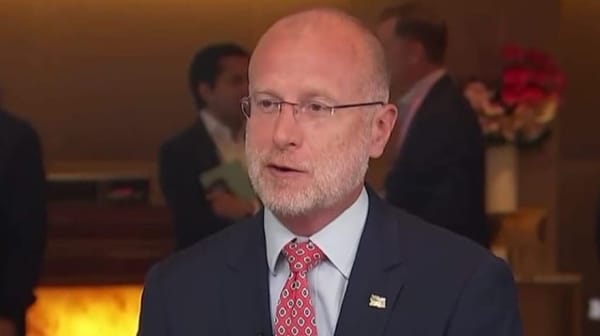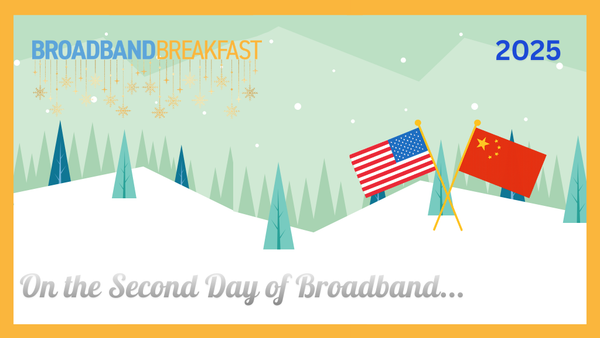FCC Says ‘Measuring Broadband America’ Report’s Success is Improving Broadband Access
Daniel Havivi
WASHINGTON December 14, 2011 – Last week Joel Gurin, Chief of the Consumer and Governmental Affairs Bureau of the FCC, recapped the success of the “Measuring Broadband America” report in an FCC blog post.
Gurin’s post begins with him touting the FCC’s recent successes, including its push to fight bill shock. From there, he moves on to the FCC’s efforts to inform consumers about what level of broadband service they need, and which services providers measure up to their advertised speeds.
Gurin details the FCC’s gathering of broadband speed data from several thousand volunteers “for several months, providing close to 160 million points of data used for analysis.”
This data was the basis for the report which detailed how close or far the actual broadband speed was from the providers’ advertised speed. As expected, the results showed that actual speeds sometimes lagged behind advertised speeds – though there were also cases in which the actual speed was higher than advertised.
Gurin notes that even since the report’s release, the FCC has continued to gather data. He highlights Cablevision as a service provider, which since the report has significantly improved its speed at peak hours.
In addition to the gathering of data for analysis, the FCC’s continued reporting takes take the onus of measuring broadband speeds off consumers and third parties. By publishing its findings, the FCC accomplishes two things: it informs the consumers about the speeds they can expect from their service provider, and it encourages service providers to match their actual speeds to those they advertise – or else risk losing their customers to another provider.










Member discussion